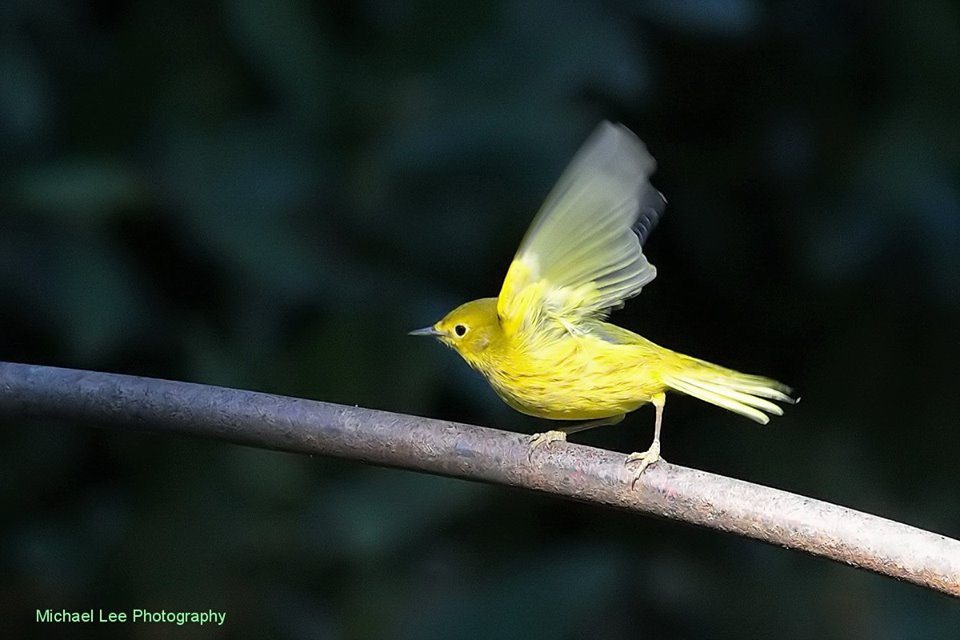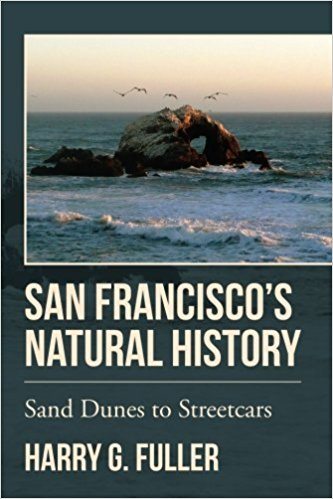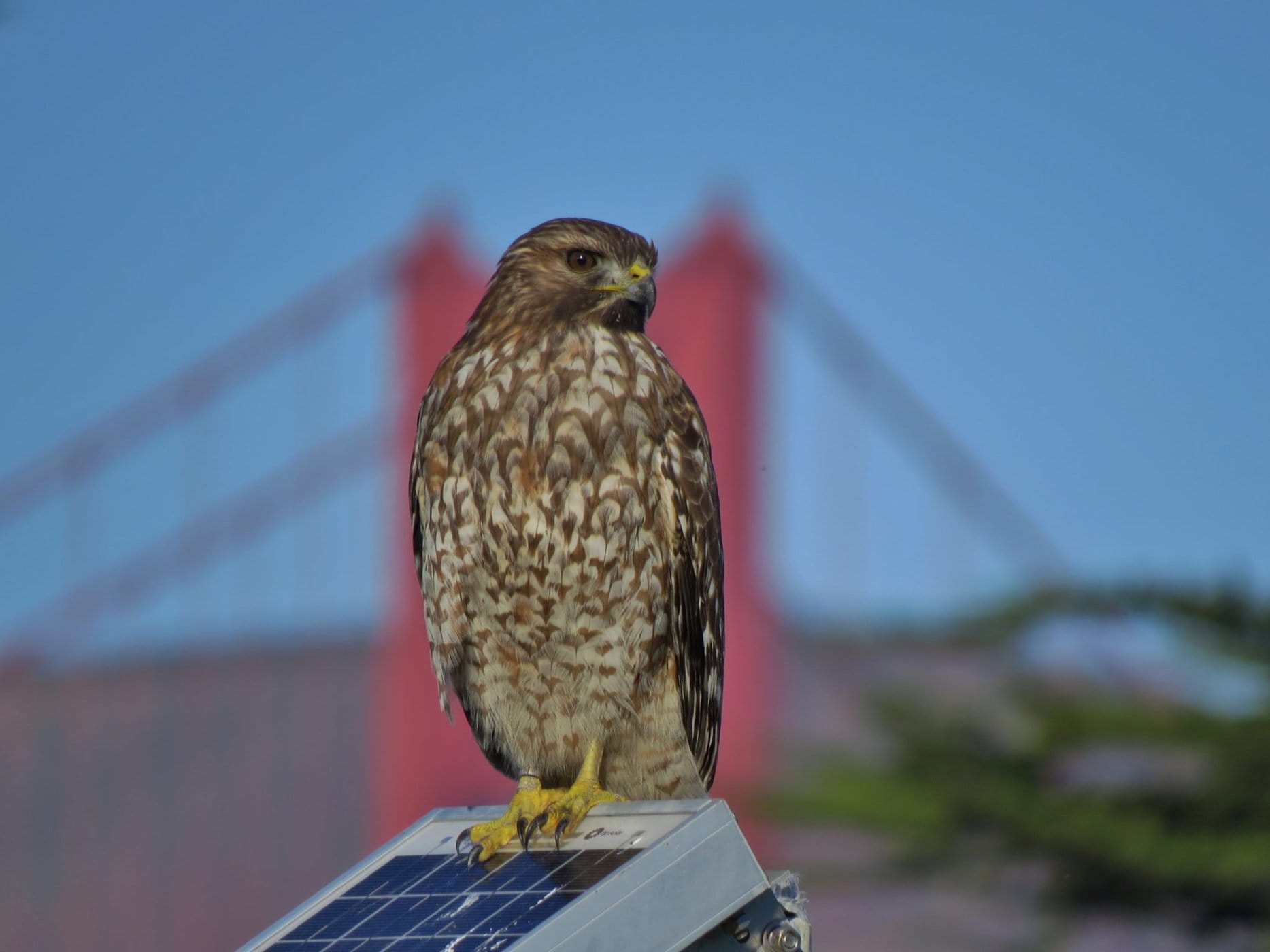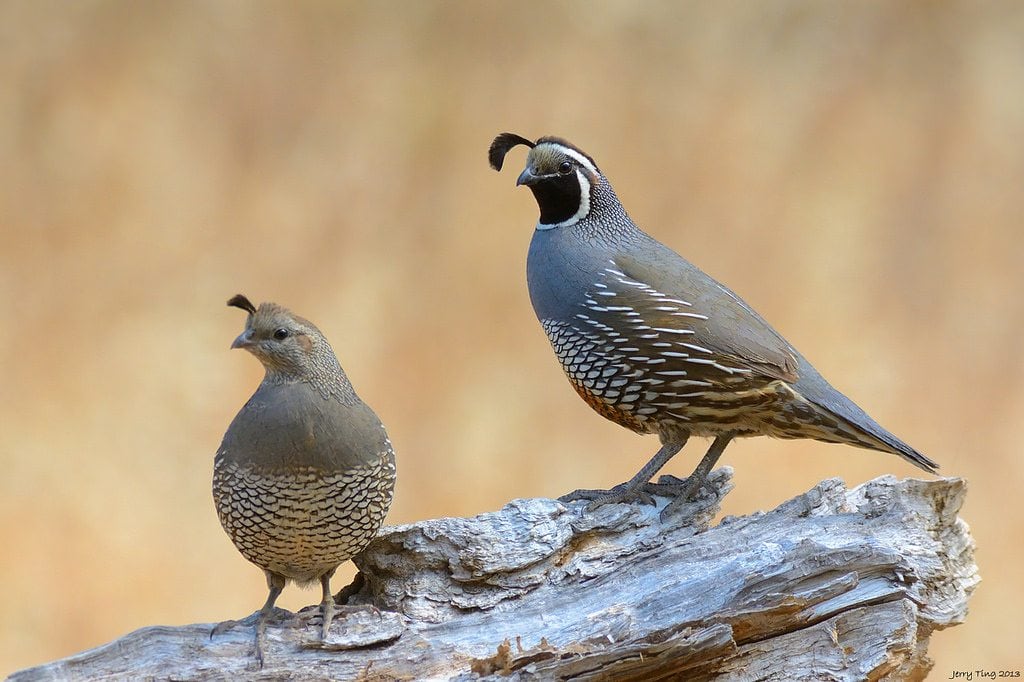San Francisco’s changing bird life, Part 1
This is the first of three excerpts from San Francisco’s Natural History: From Sand Dunes to Street Cars, a new book by longtime Golden Gate Bird Alliance member and trip leader Harry Fuller.
By Harry Fuller
Nothing more clearly shows the vast changes in the bird life of San Francisco than the near extirpation of the California Quail since 1980. People have severely affected bird populations, mainly by hunting and by altering habitat, but in other ways, as well. In some cases, the change was just that humans stopped persecuting a species and it returned or thrived anew. For the most part, however, the alterations are in our use of guns, poisons, pavement, construction, landscaping, gardening, irrigation, and undergrounding of streams. The gradual warming of California’s climate is the broad background to habitat changes wrought by urbanization, agribusiness, and widespread irrigation.
All these activities continue to affect the natural world so that some species are favored over others. Some birds now found in San Francisco would not have been present before the Gold Rush. Others have vanished forever. There are on-going changes in the city, with one species appearing and spreading rapidly while another quietly vanishes.

Bird species whose populations were eliminated or diminished in San Francisco include Warbling Vireos, Yellow Warblers, Pacific-slope Flycatchers that favor streamside forests. Among the birds common in pre–Gold Rush San Francisco but now greatly reduced or gone altogether are American and Least Bittern, California Quail, Scrub-Jay, Spotted Towhee, Bewick’s Wren, and Wrentit. It’s likely that Nuttall’s Woodpecker, Acorn Woodpecker, Oak Titmouse, and California Thrasher were living in suitable habitat in San Francisco before the onslaught of agriculture and urbanization. Early accounts of San Francisco mention grizzly and black bear, cougar, elk, deer, jack rabbits, coyote, wolves and skunks. Only the coyote and skunk can be found here today. Introduced tree squirrels and opossum also thrive in the city.

In 1899 Charles Keeler found Pygmy Nuthatches only in mountains, not in the Presidio or Golden Gate Park, where now they can be seen regularly. The raven, said Keeler, was “found generally in places remote from civilization.” Roosting by the dozens in Golden Gate Park, ravens are now prominent among beach walkers on Ocean Beach. In daytime, you may find dozens of them patrolling the sand for anything a careless person may have lost or left on the sand. One major reason for the raven’s resurgence is that they are not popularly considered vermin today and are not shot on sight as they would have been a few decades ago. Not long ago the raven and most of its corvid cousins were commonly persecuted by people in the United States.
In 1930, the California Academy of Sciences published the Handbook of Birds of Golden Gate Park. It was written by Joseph Mailliard (1857–1945), curator emeritus in the Academy’s Department of Ornithology (now Department of Ornithology and Mammalogy). His book was a comprehensive list of birds he had seen in the park. Those he listed, and those he excluded, show how much has changed in less than a century.
Mailliard listed no swallow species. Now three species commonly breed in the park: Barn, Violet-green, and Tree. Barn Swallows nest on buildings, while the Tree and Violet-green use trees planted by the gardeners in decades past. Likewise, the Pygmy Nuthatch does not appear in Mailliard’s book. It is now at home and abundant in the mature introduced conifers. Common today, the House Finch was also missing from Mailliard’s list. Mailliard found the Red-shouldered Hawk to be “very rare”; it is now common, and its piercing calls can be heard in any season. Mailliard noted two Red-shouldered Hawks had been shot in the park by the “park hunter.” That’s a telling revelation. For many decades, a hunter was employed to kill hawks and corvids in Golden Gate Park.

Golden Gate Park is now more forest than scrub or grassland, so it no longer shelters Kestrel, Horned Lark, and Spotted Towhee as the park did in Mailliard’s day. Other birds Mailliard considered common that are now rare or irregular in Golden Gate Park are the Common Yellowthroat, Bewick’s Wren, American Pipit in winter (the pipit still winters at Fort Funston), Swainson’s Thrush, Yellow Warblers nesting (abundant in fall migration now), Lesser Goldfinch, and Pintails. Perhaps most tragically, California Quail, the California state bird, was then abundant and is no longer. In his 1870 book, J.G. Cooper said of the quail, “In San Francisco they are constantly to be found for sale alive, and many escape from cages, scattering about the city…. [A] few rods from the suburbs, flocks of quails are frequent among the dense undergrowth which covers the sand hills.”

As recently as 1971, a bird checklist for the San Francisco Botanical Garden listed quail as a common breeding species. I can remember driving through Golden Gate Park in the 1970s and seeing coveys ramble down the sidewalks, and individual birds standing alert on park benches. Their population is severely diminished today, and their future in San Francisco is tenuous, beset as they are by natural and feral predators, as well as lack of habitat. A few quail linger in the San Francisco Botanical Garden and individuals are occasionally seen elsewhere in the city. As recently as the 1990s they were nesting in the Presidio. Apparently, they are now extirpated there.
